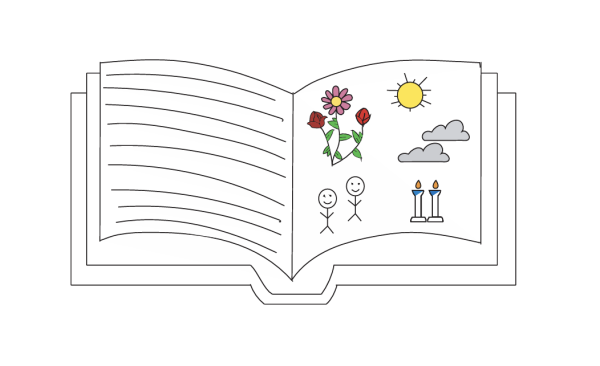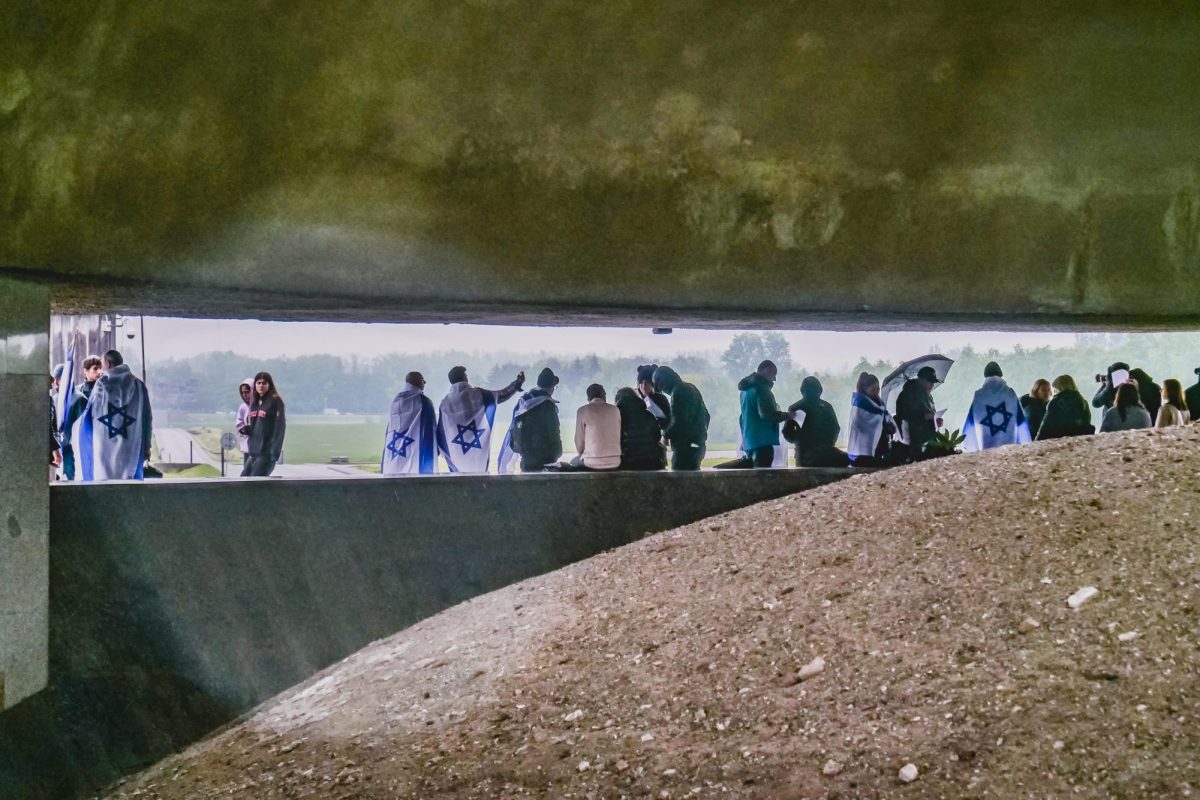I shouldn’t be writing this editorial. According to the way my life was planned, I should have a framed acceptance letter from college hanging on my wall. Instead, there’s a rejection letter taped to a bulletin board called the Wall of Shame, and a myriad of rejection letters received by other students are displayed right beside it, in humor and solidarity. This has been a tradition for Shalhevet’s senior class for so long that no one can pinpoint its origin.
This year, the administration moved the display to a hidden corner of the Student Lounge, taking it down from its original position outside of the Media Center and holing it up where only the handful of students who use that space are likely to even know that it is there.
Hiding the Wall of Shame sends exactly the wrong message both to and about Shalhevet. At Shalhevet we aim high and sometimes miss. When we miss, we pick ourselves up again and push forward. Hiding the Wall of Shame hides this and promotes the idea that rejection from a college is shameful. It also contradicts the purpose of the Wall of Shame: to admit defeat.
It was a Saturday in mid-December when I received that ominously thin envelope. After discovering I’d been rejected from my (then) first-choice school, I probably looked like someone who was suffering a severe asthma attack. Deep in my state of hysteria, I logged onto Facebook and posted on someone’s wall, “That’s it, I’m starting the Wall of Shame.” And despite the waterfall of tears streaming onto the keyboard, I laughed. To my surprise, I realized I was legitimately excited to post my letter. This was the first time I’d calmed down since the slender envelope arrived.
That Monday, I marched into school, ready to admit defeat. Like years of Shalhevet seniors in the past, a group of us gathered and posted our letters of rejection from Barnard, Michigan, Stanford and MIT outside of Mr. Frankel’s office for everyone to see. This was the perfect location. Freshmen, sophomores and juniors could see it and imagine laughing at their rejections one day too, inoculated against taking them too seriously. Parents strolling by could understand that Shalhevet, while it is a college preparatory school, does not want its students to consider a particular college rejection the end of their dreams.
However, Rabbi Segal wandered over to our wall and upon discovering it, expressed his concern that it was an “unhealthy” psychological coping mechanism. He did not remove it, but he said he thought it should be permanently removed, and once again, I became distraught. The Wall of Shame was one of the most effective coping mechanisms I’d ever used, and it had helped with a piercing rejection. Later I was surprised to come across it in the lounge, away from the public’s eye, where it had been moved by Natalie Weiss, Shalhevet’s director of admissions.
Putting aside the gross infringement on our freedom of expression that resulted from moving our letters, the Wall of Shame needs to remain out in the main lobby because it serves three purposes there. The first is that it bonds the seniors. It’s a guaranteed way to remind ourselves that we aren’t alone as the season of college admission decisions presses forward.
The second is that it instills a very powerful message in the entire student body – a message I learned from seeing the wall when I was a freshman. Rejection is okay. It’s crucial we understand that we’re not always capable of success.
The third purpose is that it allows seniors to find laughter in the darkest days of senior life. The Wall of Shame may be comical, and not everybody chooses to post there; in fact, usually only about a dozen seniors do. But for them, and for their friends who see it, it is far more meaningful than any comparable Wall of Pride. A Wall of Pride might announce a short-term accomplishment: acceptance to a four-year college. But the Wall of Shame is a predictor of long-term success for those who post there.
For me, posting that letter was a defining moment, because I realized something incredibly lucky about myself. When I fall down, I initially fall hard. But I look up, stand up and dust myself off. The person who arises from the ground and throws herself back into the whirlwind of applications and essays is likelier to be successful. It means she is indefatigable and won’t permit rejection to be an obstruction.
We’re all inevitably going to encounter rejection. The way we react to it is what will dictate the future.
And so here I am, writing an editorial defending the Wall of Shame. The Wall of Shame both guarantees and proves that the senior class refuses to cow-tow before the temptation of self-pity. Instead, we push forward with our heads held high. Not to would be to reject and underestimate our talents and deny ourselves opportunity. And that would be far worse than any rejection by a college.
The administration should restore the Wall of Shame to its rightful place, where others can see it and learn this for themselves.
UPDATED VERSION. An earlier version of this story incorrectly described how the Wall of Shame came to be moved into the Student Lounge.


















